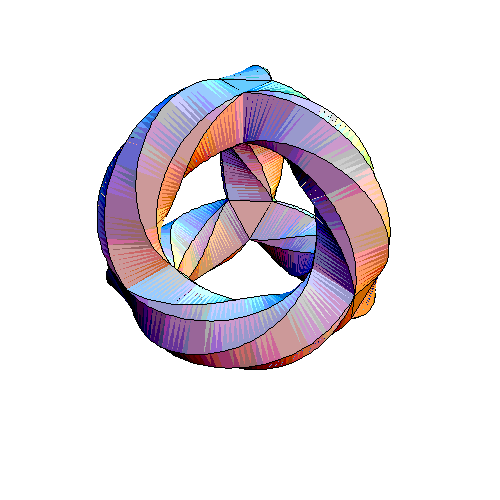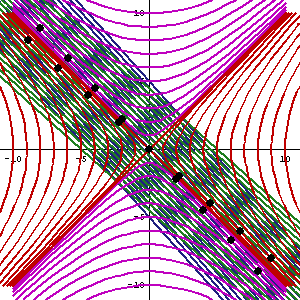




     |
Loading
|
Complexitycom - with, *plek - to fold, braid, or twist, ity - property ofThe problem of the meaning of "complexity"There are many ways to define the word "complexity"[5]. And there many connotations of the word "complexity" deriving from the work trying to answer some basic scientific questions, such as computational complexity, algorithmic information complexity, logical depth [6], thermodynamic depth[7], and effective complexity [4]. All of these usage's are valid and useful for understanding nature, but these usage's of the word "complexity" are sophisticated in ways that are difficult to directly relate to naturally occurring "entities" and their associated processes such as elementary particles, atoms, molecules, cells, and organisms as we know them in the world.Part of the problem with using the concept of complexity is the problem of defining exactly what consists of "the system" or the entity which encompasses the complexity. We will argue that some delineation's of systems are more natural than others for understanding how the complex things arise, such as living organisms. We will use the word complexity with a different meaning than the above usage's. We will use a particular meaning the word that include both process and structural aspects of the world. In other words, we are considering long-term, dynamic complexity. If we look at nature and notice the entities that have been discover as building blocks in this complex world, we quickly find the results of science have given several levels of entity description. Through scientific consensus the words quanta, particle, atom, molecule, cell, organism, family, and society represent classes of entities that appear identifiable in some of the scientific disciplines. These words as concepts are useful in terms of a very naive definition of the word complex. If we take the simple usage of something is complex if "it is made of parts", then we find that a society is composed of families, a family is composed of organisms, an organism are composed of cells, cells are composed of molecules, molecules are composed of atoms, atoms are composed of particles, and particles are composed of quanta(bosons, leptons, quarks). This usage will serve as the basis of our notion of complexity. This notion at first glance seems correct in the intuitive aspect of common usage of word "complexity" and gives a nice ranking of complexity that seems natural. That is, for example, societies are more complex than molecules because societies at some level are composed of molecules. Richard Dawkins in The Blind Watchmaker [8] uses this notion of complexity to discuss the evolution of life. But, this simple usage of the word complex does not have a precise definition of "parts," and there is the problem of defining the extent of the whole. This naive notion of complexity, although intuitively correct, must also address what is relationship of the parts to the whole. And just as important, there remains the question of what is the definition of the whole. Part of understanding this part/whole relationship comes from examining the underlying process of increasing complexity. In our use of the concept of complexity we are using a naive definition similar to Dawkins' use something is complex if it is made of parts. However, we include in our notion of complexity a surrounding context, namely a dissipative structure. We define loosely a major level of complexity [10] as demarcated by a massive, self-organized dissipative structure, hereby called a macrosystem. Our universe, galaxies, the solar system, earth, and Gaia are some of the most notable macrosystems. The macrosystem consists of self-organized ``parts'' that are hereby called microsystems. The complexity of a macrosystem is based one the complexity of the majority of microsystems that compose it. Also, a macrosystem is surrounded by another macrosystem of a lower level of complexity. Lastly, if a macrosystem is massive, stable enough, and has enough diversity in its microsystems, then other macrosystems can occur within it, such as the earth within the solar system. Microsystems are the natural occurring building blocks that compose
things. They are self-organized, dissipative structures at the microscale
relative to its surrounding macrosystem. Leptons, baryons, atoms, molecules,
prokaryotic cells, multi-cellular organisms, human families, and corporations
are some of the primary examples of microsystems at different levels of
complexity.
|